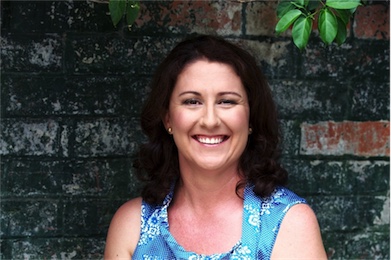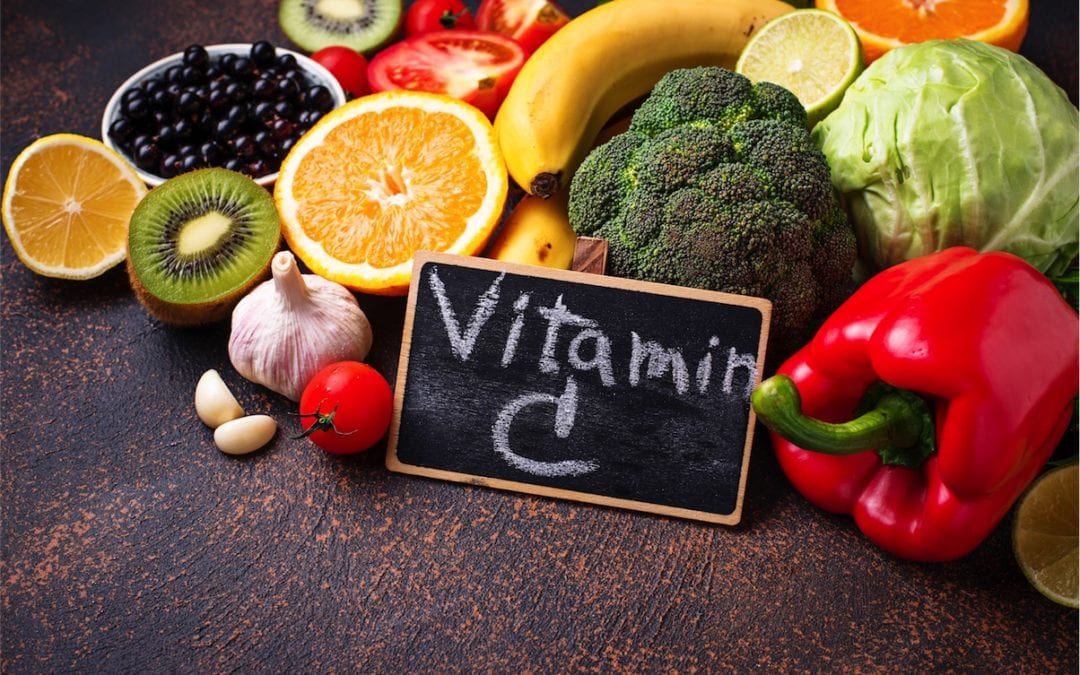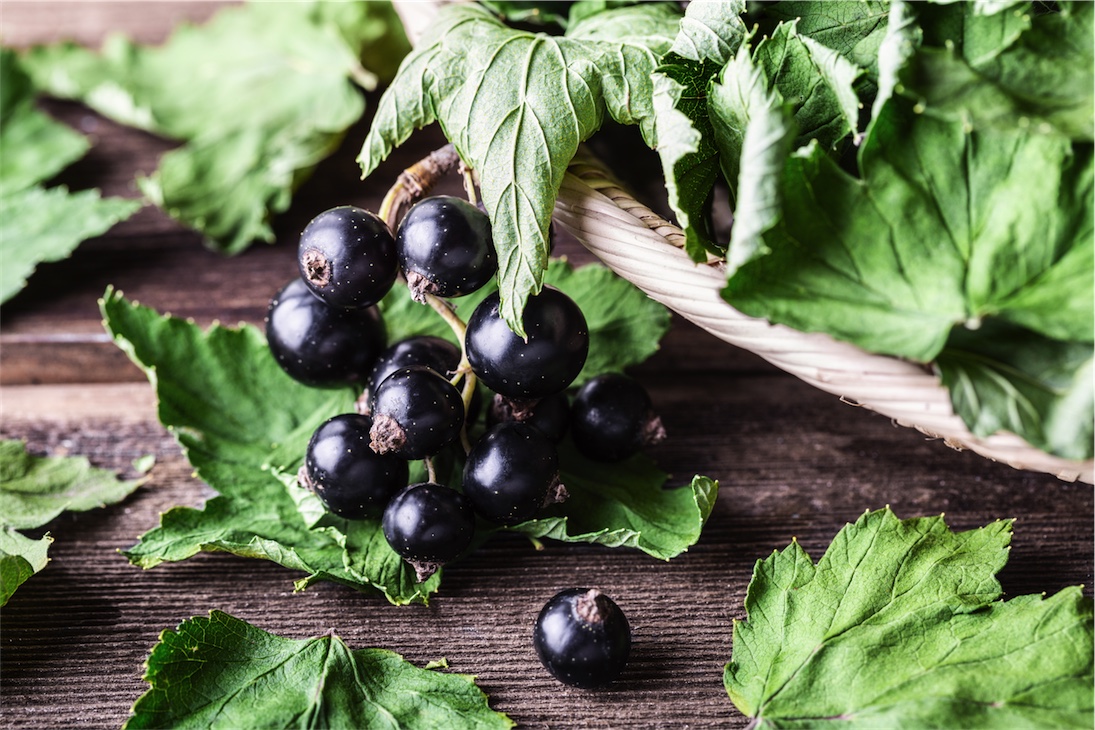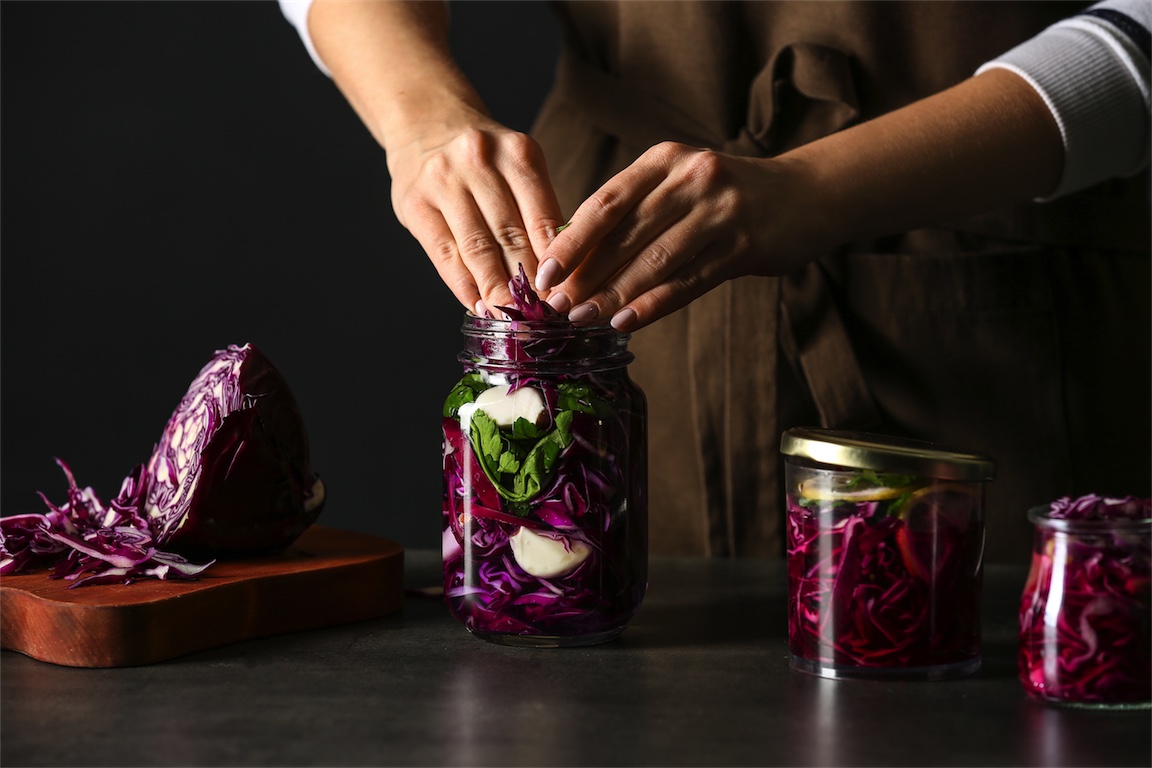Who needs Vitamin C from a bottle?
Most vitamin C supplements, unless labelled as whole foods, use a synthetic form of vitamin C – ascorbic acid. Ascorbic acid is often derived from GMO corn. Also, ascorbic acid doesn’t contain the bioflavonoids needed for optimal absorption.
But guess what does have bioflavonoids in abundance?
Whole fruits and vegetables.
Nature knows her stuff.
We humans are one of the few animals who can’t make our own, so we need to get it from our diet. Our bodies can’t stockpile Vitamin C so we need to top up every day.
Most plant foods contain some level of Vitamin C. If you are eating adequate fruits and veggies (which we all should be), you’ll be getting plenty of Vitamin C plus a cornucopia of other nutrients required for health.
What does Vitamin C do in our body?
Like all vitamins, Vitamin C has multiple and varied actions in the body. These include
- Release of energy from fatty acids
- Cholesterol metabolism
- Production of thyroid hormones
- Absorption of iron from your gut
- Adrenal hormone production
- Neurotransmitter production (noradrenaline and serotonin) and nerve growth
- Collagen synthesis – skin, bones, muscles, mucous membranes, tendons
In terms of immune health
- Protects the health of the mucous membranes – the first line of defence
- Support the action of immune cells for a more robust immune response.
- Antihistamine – stabilises the mast cells which store histamine. This reduces hay fever-type symptoms
- Supports iron uptake. Iron is required to make myeloperoxidase which is how immune cells kill viruses and bacteria.
- Major antioxidant in the lungs and can reduce inflammation in the respiratory tract.
How much Vitamin C do we need?
The recommended daily intake for adults in Australia is 70-90mg. This figure represents an amount sufficient to prevent overt deficiency (scurvy), but research suggests higher levels (200-500mg) are needed to optimise health.
Signs and symptoms of low Vitamin C
The most well-known disease of Vitamin C deficiency is scurvy. If left untreated scurvy will lead to death. You don’t want scurvy.
Suboptimal levels – first signs of a developing deficiency
- Tiredness, muscular weakness
- Low blood pressure/fainting
- Easy bruising
- Poor wound healing
- Gingivitis, swollen gums
- Poor appetite
- Mood changes: irritability and depression
- Vague aches and pains
Severe deficiency
- Bleeding gums, loose teeth
- Fluid build-up (oedema in legs)
- Dry skin and mucous membranes, mouth, eyes, reduced saliva
- Frequent urination
- Haemorrhages
- Tender swollen joints due to bleeding around the joint
- Increased susceptibility to infections
- Fever
- Shortness of breath
It’s important to remember these symptoms represent a pattern. Don’t just single one out as a self-diagnosis – “I’m feeling a bit irritable therefore I have Vitamin C deficiency”. If you see a pattern make an appointment with your health care professional for further evaluation.
Things increasing demand for Vitamin C
Perhaps you are getting the recommended amount but still having symptoms. Maybe your needs are higher. This may be due to
- Stress – physical (endurance training), mental-emotional. Stress hormones require Vitamin C.
- Smoking – increase oxidative stress
- Moderate to high alcohol consumption – Vitamin C is used to metabolise alcohol.
- Pregnancy
- High sugar diet
- High fat, low carb style diet
- Chronic illness (arthritis, Type 2 diabetes, heart disease, hypertension, asthma, allergies)
- Use of medications such as aspirin, corticosteroids
Highest food sources of Vitamin C
Although most fruits and vegetables contain Vitamin C, some give you more bang for your buck.
To maximise the Vitamin C content in all food keep the following in mind.
- The nutrient content is affected by soil makeup, seasonal conditions, the timing of harvest and storage. As such, all amounts of Vitamin C listed below are approximate.
- Choose in-season produce and as close to freshly picked as possible. The longer food is stored, the less Vitamin C it will have.
- Heat destroys Vitamin C. Consume foods raw or lightly cooked. Processing and cooking can reduce Vitamin C by between 10-90%.
Black currants
All berries are good sources of Vitamin C, but black currant is the highest. They have around four times more Vitamin C than oranges and twice the antioxidants of blueberries.
The growing season is short, so fresh might be challenging to find, but they are available frozen all year round.
Vitamin C content 180mg/100g fresh/frozen berries
Citrus
Orange, limes, lemons, and grapefruit are the original scurvy vanquishers. In season citrus, picked when ripe is an excellent source of Vitamin C. Beware imported, out of season citrus picked before ripening and sits in cold storage before being artificially ripened. That’s going to send the nutrition profile plummeting.
Consume the whole fruit with the pitch (the white bits under the skin) as these contain bioflavonoids to help your body maximise the Vitamin C.
Vitamin C content per 100g
Orange ~ 60mg
Grapefruit ~ 50mg
Lemon ~40mg
Lime ~ 30mg
Kiwi Fruit
These small, furry brown fruits originated from China but have been successfully cultivated in New Zealand for many years. Along with Vitamin C, these fruits also contain the enzyme, actinidin, which helps break down protein and can support healthy digestion.
Vitamin C content: two kiwi fruit – 90mg
Fermented vegetables
At it’s most basic sauerkraut is simply Lacto-fermented cabbage. The fermentation increases Vitamin C by up to 10 times. Red cabbage ferments have more Vitamin C than white/green cabbage.
The lactobacilli in sauerkraut also support immune function, so you get double bang for your buck. Choose unpasteurized sauerkraut as the heat treatment degrades both the probiotic effect and the vitamin content.
Vitamin C content ~150mg in ¼ cup (average serving size)
Red capsicum
All capsicums contain Vitamin C, but red capsicum is slightly higher than the green and yellow varieties.
Vitamin C content ½ cup chopped raw: 100mg of Vitamin C
Dark leafy greens
Anyone who’s seen me in the clinic knows how much I bang on about eating your greens (kale, silverbeet, mustard greens, spinach, etc.). Not only are they packed with calcium and magnesium (in the exact ratio your body needs) they also are loaded with vitamin C.
Vitamin C content per 100g ~100mg
Parsley
Don’t leave your parsley garnish languishing on the side of the plate. Parsley is packed full of nutrients, and two chopped tablespoons yield more Vitamin C than an orange. It’s a simple herb to grow. Pick it fresh to maximise nutrition. Use in salads, make pesto and garnish everything in sight with it.
Vitamin C content 2 chopped tablespoons ~80mg
Kakadu Plum
This indigenous Australian bush tucker is recognised as one of the richest sources of Vitamin C in the world. Unless you live in Northern Australia, it can be challenging to get access to the fresh fruit. However, the freeze-dried powder is readily available from health food stores.
Vitamin C content 1g (1 tsp) ~ 60mg Vitamin C
Rose Hips
The hips are the fruit of the rosebush. You can buy them dried and either make a traditional syrup or a rosehip infusion (tea).
Vitamin C content 2 tspns (10g) ~50mg
No need for bottled nutrients
As you can see, there are plenty of options for effortlessly getting your optimal daily dose of Vitamin C through your diet. You’ll also be consuming many other nutrients to support your health and wellbeing.

Need help with your health?
Norelle Hentschel is an experienced naturopath with a clinic in Stones Corner, South East Brisbane and Telehealth consults Australia wide.
Want more articles like this?
Receive a monthly digest of natural health information to help you become “health” sufficient!
PS. Your inbox real estate is precious, and we will never annoy you with sales pitches or share your details with anyone else. One email a month — that’s it.



